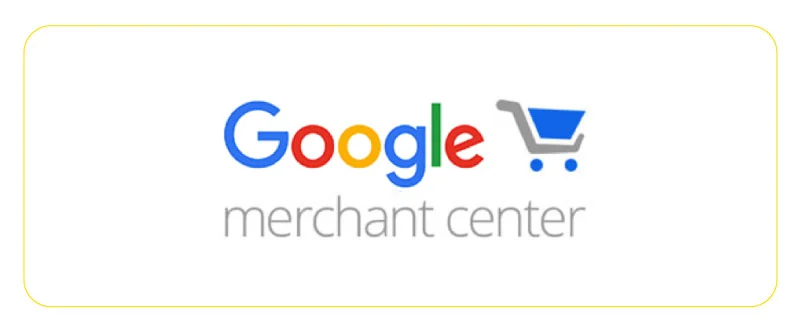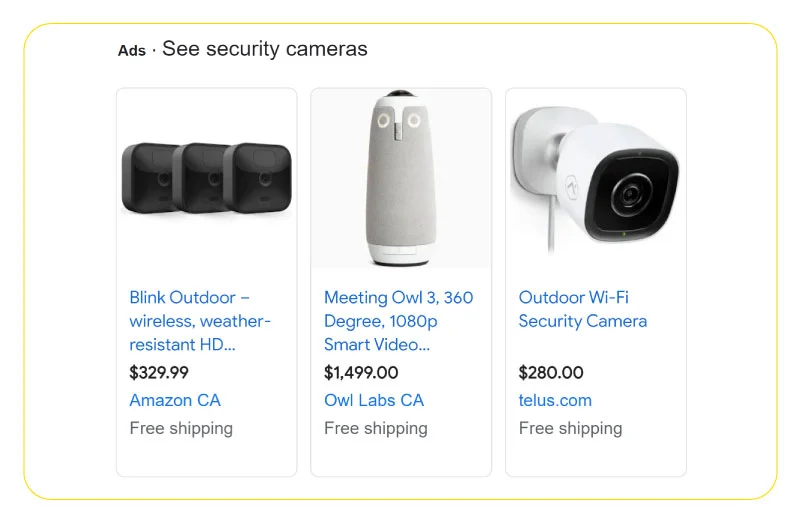Google Shopping Ads have become an increasingly popular and effective way for e-commerce businesses to showcase their products to potential customers. With more and more consumers turning to online shopping, it’s essential for businesses to ensure that their products are visible and attractive to those who are looking for them. This is where Google Shopping Ads come in: by displaying your products across Google’s properties, you can capture the attention of users who are actively searching for products like yours.

But creating successful Google Shopping Ads campaigns requires more than just setting up an account and listing your products. To get the most out of this powerful advertising platform, you need to follow Google Shopping Ads best practices that can help you stand out from the competition and increase your chances of turning shoppers into buyers. Whether you’re new to Google Shopping Ads or looking to optimize your existing campaigns, this guide will give you the knowledge and tools you need to succeed.
A brief overview of Google Shopping Ads campaign set up
Before you can start running Google Shopping Ads campaigns, you need to set up a Google Merchant Center account and link it to your Google Ads account. This process can seem daunting, but it’s essential for getting your products in front of potential customers. Here’s a quick recap of the steps involved:
- Sign up for a Google Merchant Center account.
- Provide accurate and complete information about your business and the products you want to advertise.
- Create a product feed that includes all the relevant information about your products.
- Link your Google Merchant Center account to your Google Ads account.
- Create a Shopping campaign in Google Ads and select your product feed as the source for your ads.

Once you’ve completed these steps, you’re ready to start creating effective Google Shopping Ads campaigns that can help you drive sales and grow your business. See the full Google Shopping Ads setup guide here.
Product feed: The core of every Google Shopping Ads campaign
Creating effective product feeds is crucial to the success of your Google Shopping Ads campaigns. Your product feed provides Google with all the information it needs to display your products to potential customers, so it’s important to make sure that it’s accurate, complete, and up-to-date.
One of the best ways to ensure that your product feed is effective is to focus on creating high-quality images that showcase your products in the best possible light. Studies have shown that product images are one of the most important factors in driving sales, so it’s essential to provide clear, high-resolution images that highlight your product’s features and benefits.

In addition to images, your product feed should include all the relevant information about your products, such as product titles, descriptions, pricing, and availability. It’s also important to make sure that your product feed is structured correctly, with each product listed in a consistent and easily readable format.
By taking the time to create a high-quality product feed, you can ensure that your Google Shopping Ads campaigns are as effective as possible, driving more traffic and sales to your online store.
Structuring a Google Shopping Ads campaign
Structuring your Google Shopping Ads campaigns correctly is key to achieving optimal performance and reaching the right audience. By creating separate campaigns for different product categories and grouping products into smaller, more targeted ad groups, you can ensure that your ads are as relevant and effective as possible.
One of the best ways to achieve this is by using negative keywords to exclude irrelevant searches. For example, if you sell high-end watches, you may want to exclude terms like “cheap” or “affordable” to ensure that your ads are only shown to users who are looking for premium watches.
Another important factor to consider when structuring your campaigns is bidding strategically based on product performance. By analyzing which products are driving the most traffic and sales, you can adjust your bids accordingly to ensure that you’re getting the most out of your ad spend.
Ultimately, the key to successful campaign structuring is to stay organized and focused, with each campaign and ad group targeting a specific audience and product category. By taking the time to set up your campaigns correctly, you can ensure that your Google Shopping Ads are as effective and profitable as possible.
Optimizing Shopping campaigns
Once your Google Shopping Ads strategy is in place and your campaigns are up and running, it’s important to continually monitor and optimize them to ensure that you’re getting the best possible results. One of the best ways to do this is by regularly reviewing and adjusting your bids to reflect changes in product performance and market demand.

In addition to bid adjustments, there are a number of other optimization strategies that can help you maximize the effectiveness of your campaigns. For example, you can use ad scheduling to ensure that your ads are only shown during the times of day or days of the week when your target audience is most active. Conducting thorough customer research and taking advantage of an intelligence tool like AdFlex’s Google Display Ads spy could greatly help you in figuring out the best combination of audience targeting and ad properties.
Another important optimization strategy is to continuously review and improve your product data to ensure that your product feed is accurate and up-to-date. By regularly reviewing and updating product titles, descriptions, and images, you can ensure that your products are always presented in the best possible light.
By continually monitoring and optimizing your Google Shopping Ads campaigns, you can stay ahead of the competition and achieve the best possible results for your business. Remember, the key to success is to stay flexible, experiment with different strategies, and never stop learning and improving.
Maximizing your brand exposure
While Google Shopping Ads are a powerful way to drive traffic and sales to your online store, they’re not a magic bullet. To truly succeed with this advertising channel, you need to take a holistic approach to your marketing and sales strategy, incorporating other tactics like email marketing, social media advertising, and conversion rate optimization.
One effective way to do this is to use Google Shopping Ads in conjunction with other marketing channels to drive more targeted traffic to your store. For example, you can use remarketing ads to show ads to users who have already visited your store, or use email marketing to send targeted offers and promotions to your existing customer base.

In addition, it’s important to continuously optimize your website and product pages to ensure that they’re designed to convert as many visitors as possible into customers. This can involve tactics like improving your site’s load time, creating more compelling product descriptions, and optimizing your checkout process.
Ultimately, the key to success with Google Shopping Ads is to think beyond just the ads themselves and focus on creating a comprehensive marketing and sales strategy that maximizes the effectiveness of this powerful advertising channel. By taking a holistic approach and incorporating other tactics into your overall strategy, you can achieve even greater success and growth for your business.
Conclusion
Lastly, Google Shopping Ads are a highly effective way to drive targeted traffic and sales to your online store. By following these best practices, you can ensure that your campaigns are as effective and profitable as possible. Remember to focus on creating high-quality product feeds, structuring your campaigns correctly, continuously monitoring and optimizing your ads, and incorporating other marketing tactics into your overall strategy. By taking a holistic approach and constantly experimenting and learning, you can achieve long-term success and growth for your online business.
FAQs
How can I improve my Google Shopping ads?
You can improve your Google Shopping ads by focusing on high-quality product data and images, writing compelling ad titles and descriptions, regularly monitoring and adjusting your bids, and testing different ad formats and strategies.
What are the best practices for Google Shopping images?
Some best practices for Google Shopping images include using high-quality images that accurately represent your products, following Google’s image guidelines, providing multiple images and angles for each product, and using clear and visually appealing backgrounds.
How do I structure a Google Shopping campaign?
To structure a Google Shopping campaign, organize your products into product groups, create ad groups for each product group, set bids and budgets for each ad group, and use negative keywords to prevent irrelevant searches.
What are some best practices for optimizing Google Shopping Ads?
Some best practices for optimizing Google Shopping Ads include regularly monitoring and adjusting your bids, reviewing and improving your product data, experimenting with different ad formats and strategies, and using ad scheduling to target your audience at the right time.







 Facebook Ads Spy Tool
Facebook Ads Spy Tool TikTok Ads Spy Tool
TikTok Ads Spy Tool